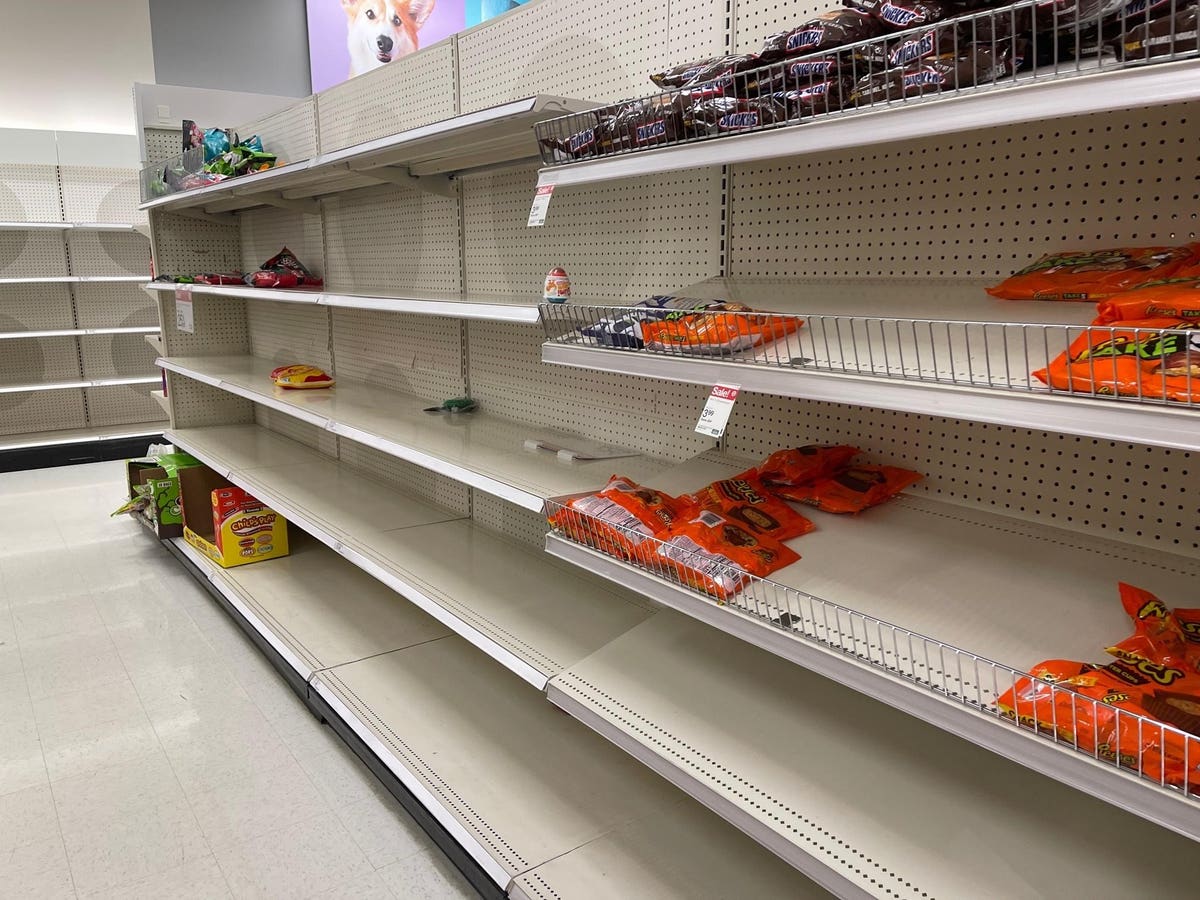It’s usually a bad idea to look at Halloween sales as an indicator for holiday highs or lows in consumer spending. Halloween has a different buyer profile than holiday – it tends to look more like back to school spending than holiday gifting, with a younger profile, a smaller pool of interested people, and a much smaller overall budget. And there’s just too much that can happen between October 31st and Black Friday that can completely upend consumer intention.
But this year is different. In particular, the student loan repayments that resumed in October have the potential to be the final straw that breaks consumers’ backs. Between stubborn inflation, which has eaten away at wage gains in what may or may not be a soft labor market, high interest rates that impact everything from credit card debt to big ticket purchases to cars and houses, and savings rates that are hitting post-pandemic lows (and pre-pandemic lows for personal savings), it’s no surprise that consumers have low confidence in the economy right now.
Student loan repayments impact some 40 million US consumers, and happen to hit roughly the same buyer profile as Halloween. And that’s on top of what has been a persistently gloomy consumer outlook for most of 2023. So as an early indicator of whether consumers plan to spend this holiday season or not, Halloween might actually work this time around. Certainly, it’s a data point in a consumer spending environment that has been challenging to read since the pandemic hit.
Halloween spending is looking strong for 2023
Actual sales data will take a few days to come out, but one thing about Halloween that makes it different from back to school, for example, is that there is one very distinct deadline: October 31st. And Halloween has a long tradition of “pack-and-hold” where most inventory that doesn’t sell actually gets packed up for next year, rather than heavily marked down and cleared out. So a wander through a retailer’s Halloween inventory can tell one a lot about how consumers are approaching the holiday. Coupled with big spending predictions based on consumer intent surveys, shelves that have been emptied especially of Halloween home décor and candy point to the continued juggernaut of consumer spending.
Which leads to the inevitable rationalizations. Why, in the face of all this gloom, are consumers still spending? Some theories:
- Home values are still pretty high and that helps consumers feel flush even if it’s not cash in their pocket
- Labor disputes are getting settled heavily in the favor of striking unions – perhaps offsetting any feeling that the labor market is getting soft
- Inflation seems to be settling down, even if it’s not at the level the Fed would like to see
- The economy grew way beyond expectations in Q3
Turning Halloween enthusiasm into Holiday spending
One factor that is significantly different in 2023 from previous years is the relative lack of supply chain disruption. There are still commodities that are in short supply or face the potential for global impacts (like chocolate and oil), and which can contribute to sustained and stubborn inflation rates. But there are signs everywhere that retailers have been pretty cautious with inventory (it’s always a case of focusing on the right inventory – exactly what separates retail winners and losers) – retailers like Costco were rolling out Christmas trees in July. If consumers decide they want to spend this holiday, retailers are facing much fewer challenges in providing the inventory to satisfy demand.
But part of the reason that Halloween is generally a poor leading indicator for holiday sales is that a lot can happen between now and when consumers unlock their holiday budgets in earnest. And a lot of what can happen is completely outside retailers’ control. There are three things to watch coming into this holiday season, as the potential spoilers:
- Global conflicts – especially if current conflicts expand, new conflicts emerge, or the current conflicts lead to unrest or disruption among local communities
- Inflation – the rate seems to be coming down, but energy is a big driver of underlying components of inflation, and the current conflicts have the potential to keep energy costs high
- Labor market – a lot of consumer confidence is built on feeling secure in their own employment and wage growth. After the Q3 GDP numbers, it’s harder for economists to stand behind a prediction of an impending recession in 2024, even if consumers do lack overall confidence in the economy. As long as there are no shocks here, the continued gap between consumer confidence and consumer spending just doesn’t seem to matter.
The bottom line
Holiday spending is always of key concern for the overall health of the retail industry, but this year it feels even more important when it comes to securing the industry’s future. Retailers have already made their inventory bets for holiday 2023, but they’ve also deferred a lot of investment over the last three years as they struggle to make their own predictions – investment that will determine retail’s future. Using Halloween spending to gain any confidence in the holiday season outcome may seem like grasping at straws, but it’s also pretty much all we’ve got!
Read the full article here





